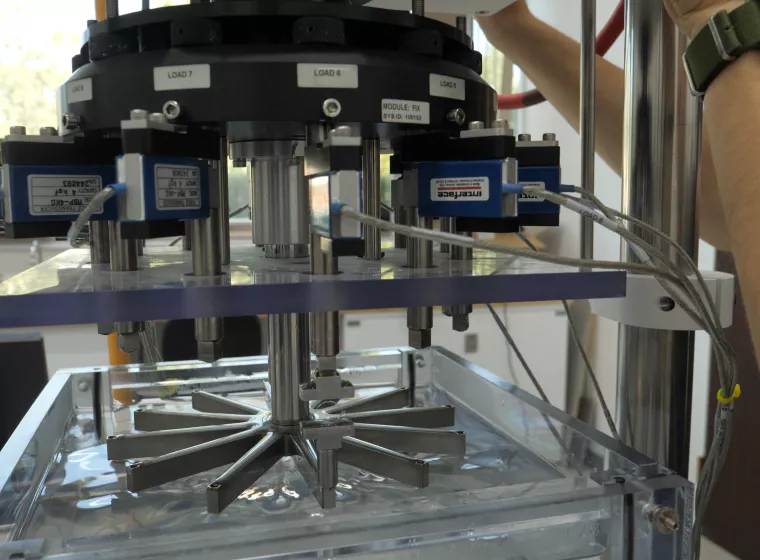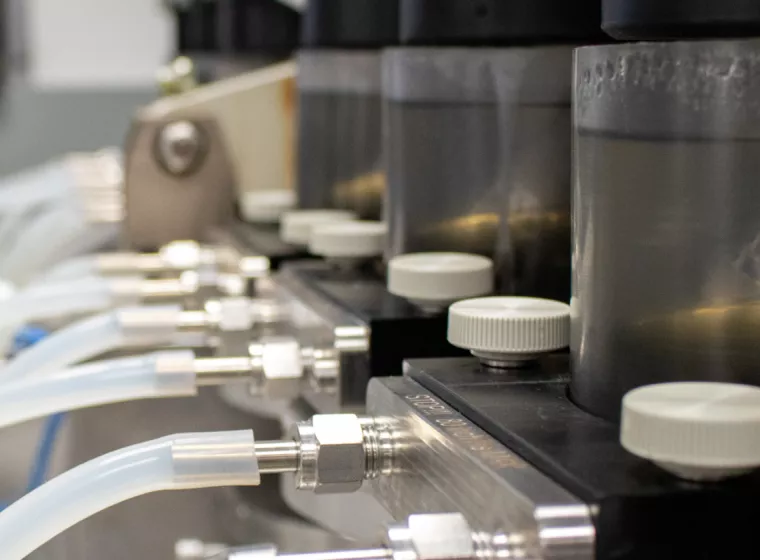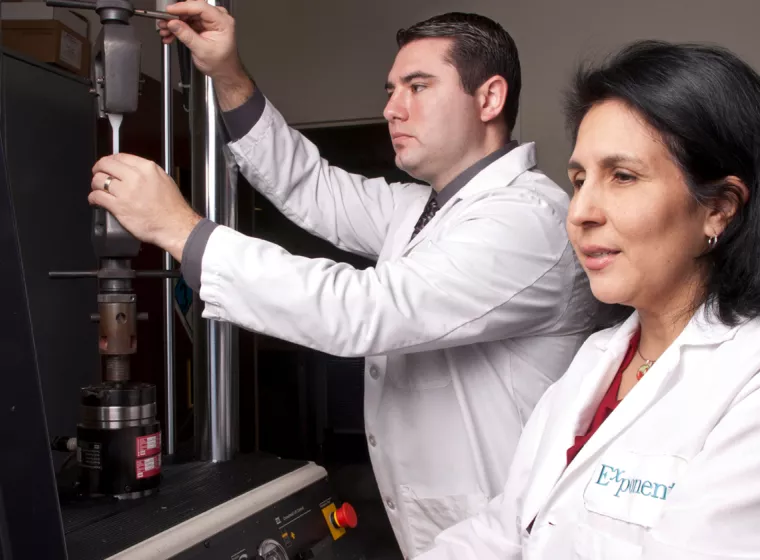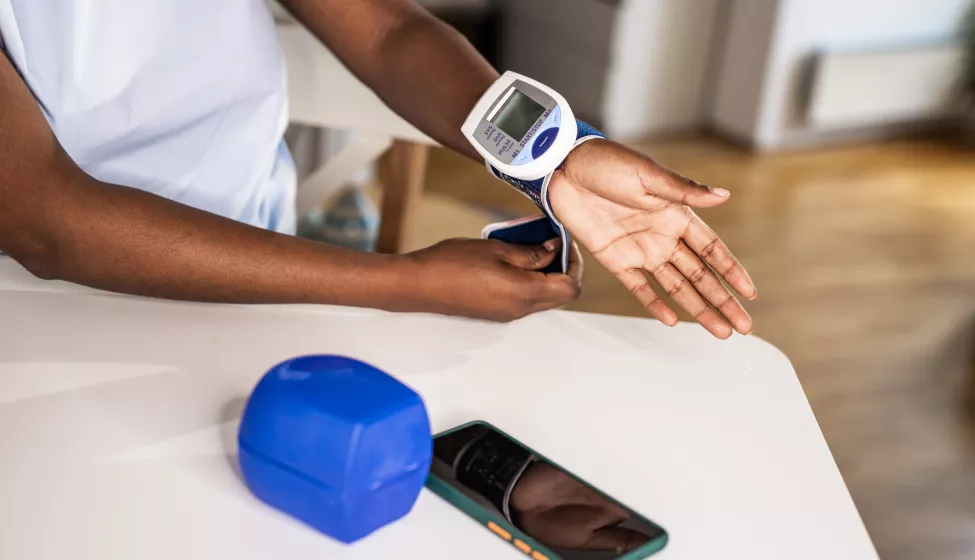September 18, 2023
Agency offers updated information on biocompatibility testing, including guidance for certain medical devices contacting intact skin
The Food and Drug Administration recently published their updated guidance on "Use of International Standard ISO 10993-1, 'Biological evaluation of medical devices — Part 1: Evaluation and testing within a risk management process'." This is the most recent update FDA has provided since this guidance was last updated in September 2020 and represents FDA's current thinking on the use of ISO 10993-1 to assess the biological safety of medical devices.
While FDA's updated guidance on the use of ISO 10993-1 remains largely the same as the previous version, understanding the changes that were made in the updated guidance and how they should be implemented to develop efficient regulatory strategies while satisfying the rigor of biological safety assessments is crucial for medical device submissions.
Summary of minor changes in FDA's guidance on use of ISO 10993-1
The updated FDA guidance builds on the document released in 2020 with a few minor but key updates. First, FDA mentions the Accreditation Scheme for Conformity Assessment (ASCA) program and that an ASCA Summary Test Report is sufficient for testing conducted under the program in lieu of a complete study test report. The ASCA program is new since the guidance was last updated, and the use of ASCA accredited labs and FDA-recognized voluntary consensus testing standards has the potential to cut down on what documentation medical device developers have to submit to FDA.
There are also some minor changes to "Attachment A: Evaluation Endpoints" that reflect differences between the 2009 and 2018 versions of ISO 10993-1. For example, some required endpoints (X) have replaced suggested endpoints (O) in the updated "Table A.1: Biocompatibility Evaluation Endpoints" for the current ISO 10993-1:2018 recommended endpoints for consideration. These changes are especially apparent for surface-contacting devices and for all devices regarding pyrogenicity, chronic toxicity, and carcinogenicity endpoints. However, there are no changes to endpoints in the table according to device classification.
Attachment G: Biocompatibility of Certain Devices in Contact with Intact Skin
The most significant change in the updated guidance is the addition of "Attachment G: Biocompatibility of Certain Devices in Contact with Intact Skin."
FDA had previously issued the draft guidance "Select Updates for Biocompatibility of Certain Devices in Contact with Intact Skin" in October 2020, which has been modified and now included as Attachment G in this updated FDA biocompatibility guidance. In the new attachment, FDA acknowledges that medical devices in contact with intact skin that comprise certain synthetic polymers or natural fabrics "pose a very low biocompatibility risk because they have a long history of safe use in legally marketed medical devices that contact intact skin." Therefore, FDA recommends including specific material information (including quality system and other postmarket controls) in a premarket submission in lieu of biocompatibility testing.
Once these devices have been cleared and can be legally marketed in the U.S., medical device manufacturers must maintain a Device Master Record for annual review. The types of medical devices and specific materials included in this policy are outlined in the new Attachment G. Importantly, the list of polymeric and fabric materials included in Attachment G is expanded compared with the previous FDA 2020 draft Select Updates guidance.
Overall, it is important to be aware of and understand how the minor changes and the incorporation of Attachment G into this updated FDA biocompatibility guidance may impact medical device submissions to the Agency, and specifically, for certain devices in contact with intact skin.
What Can We Help You Solve?
Exponent's multidisciplinary team of toxicologists, biomedical engineers, and regulatory and health science consultants help medical device manufacturers navigate complex global testing standards and regulations on the path to market. Our consultants provide technical support for premarket regulatory strategy, device testing, toxicological risk assessments, biocompatibility evaluations, manufacturing process changes, and regulatory submissions.

Medical Device Evaluation
Sophisticated medical device evaluations for a vast array of applications.

Biocompatibility & Biological Risk Assessment
Address biocompatibility challenges throughout the medical-device product lifecycle.

Chemical Toxicology & Health Risk Assessments
Exposure assessments, toxicity evaluations, and support for issues of toxicology and mechanistic biology.

Medical Device Design & Development Support
Crucial medical device design and development analyses to empower your decision-making.

Regulatory Compliance for Medical Products
Experienced regulatory support for medical devices, pharmaceuticals, and combination products.







